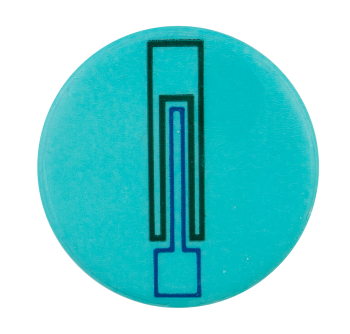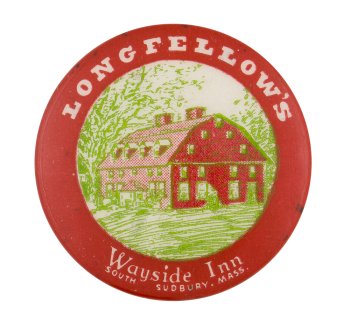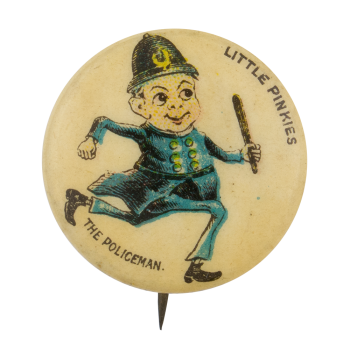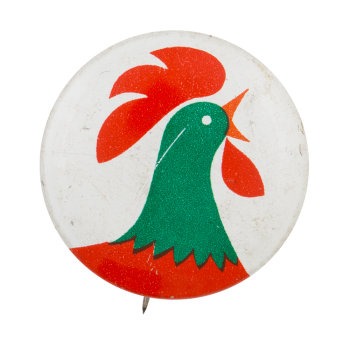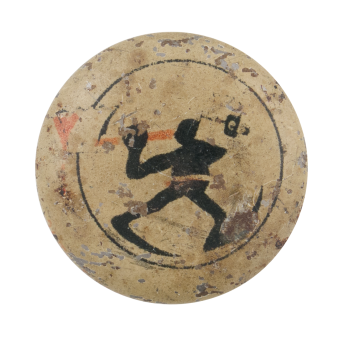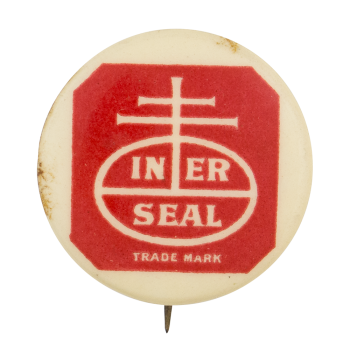Low Level Amplifier Schweber Electronics
| Category | |
|---|---|
| Additional Images | |
| Sub Categories | |
| Image Description | Blue and black illustration on aqua background. |
| Curl Text | Low Level Amplifier - Schweber Electronics Westbury, New York |
| Back Style | |
| The Shape | |
| The Size | |
| Additional Information | Schweber Electronics was a distributor of semi-conductors, connectors and other electronic components located in Westbury, NY. Founded by Seymour Schweber, the company was considered a pioneer in the electronics distribution industry and published books on microprocessors and semi-conductors. It merged with LEX Electronics in 1982 and was subsequently acquired by Arrow in 1991. |
| Catalog ID | AD0003 |

